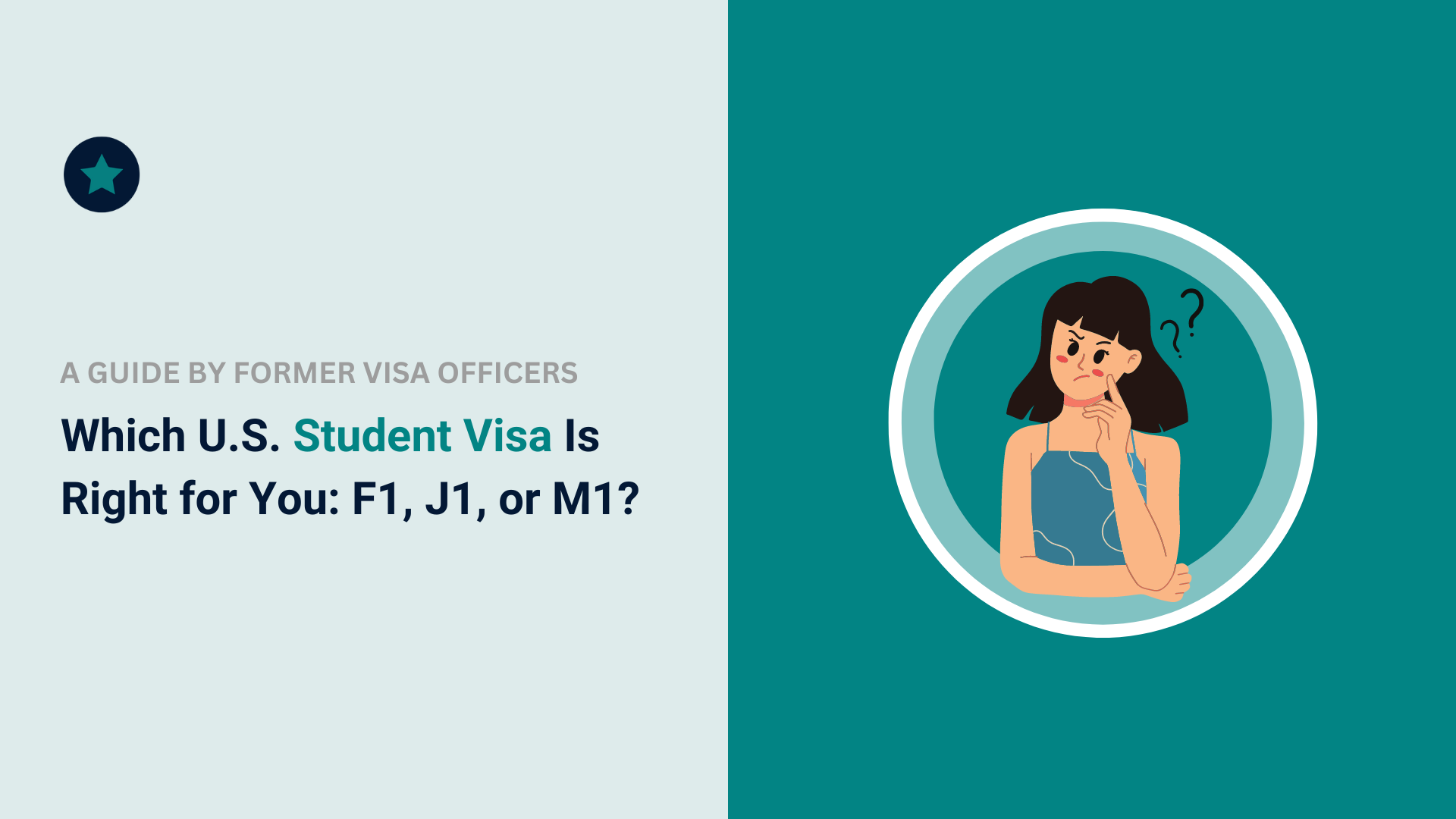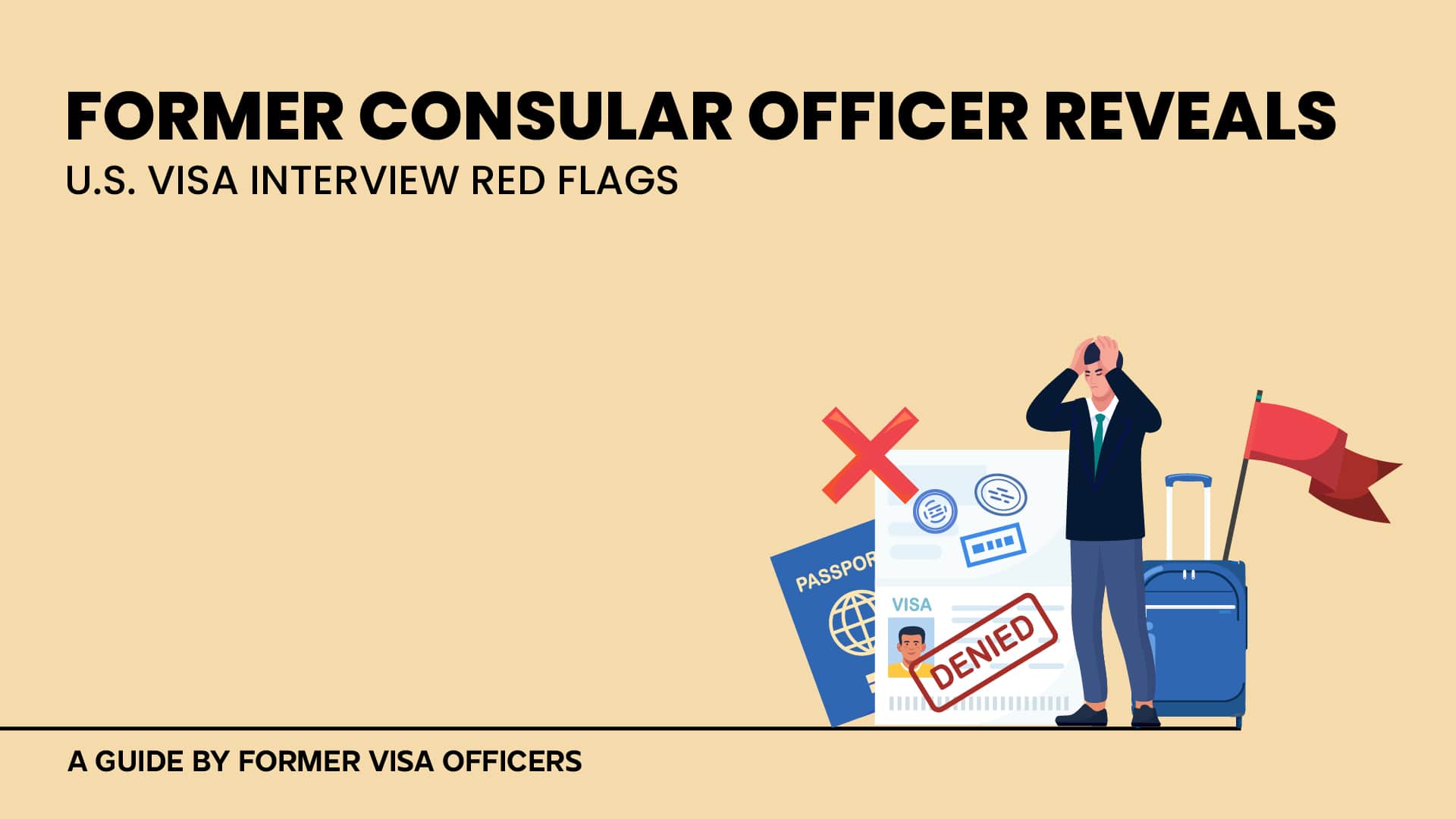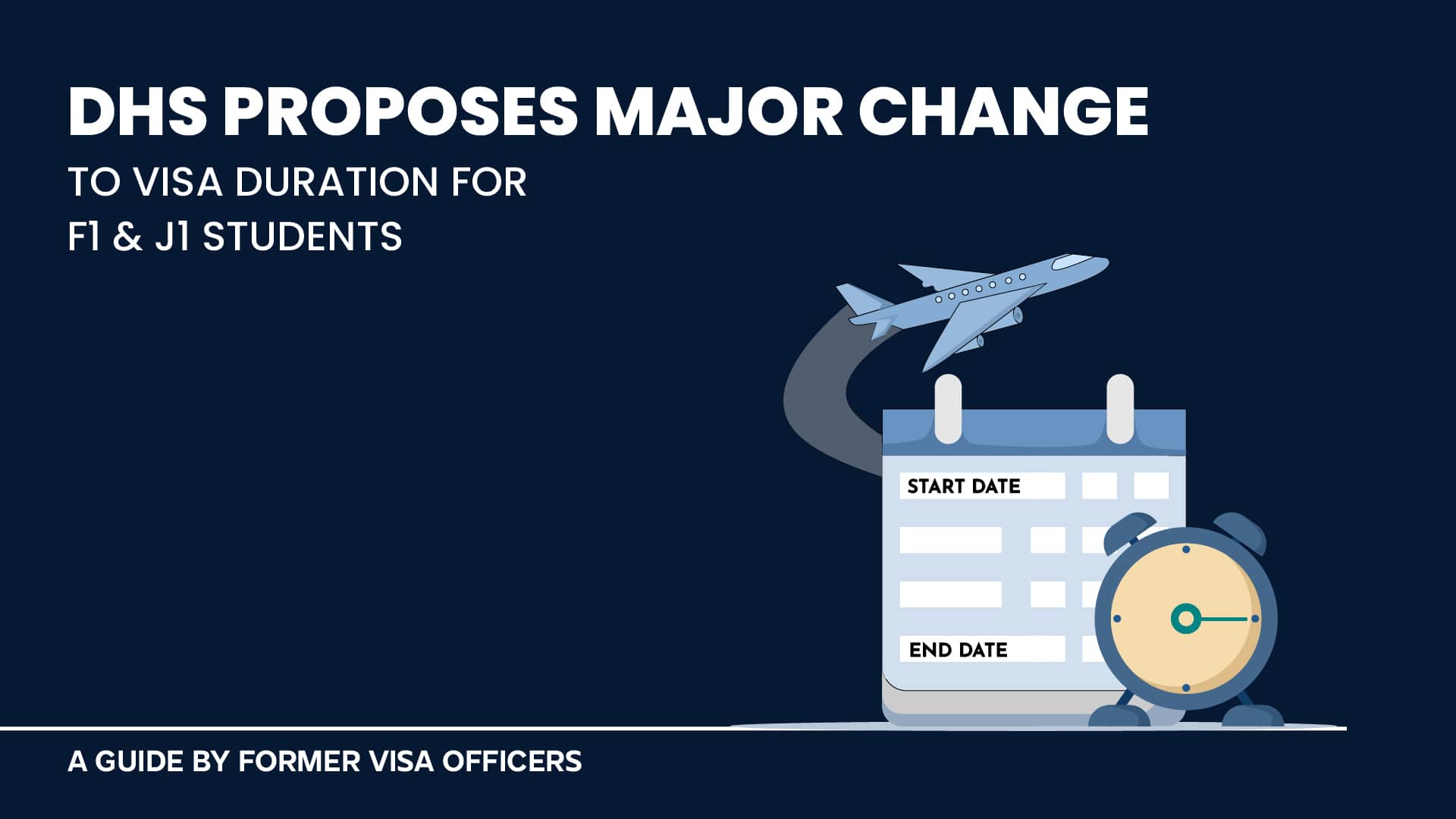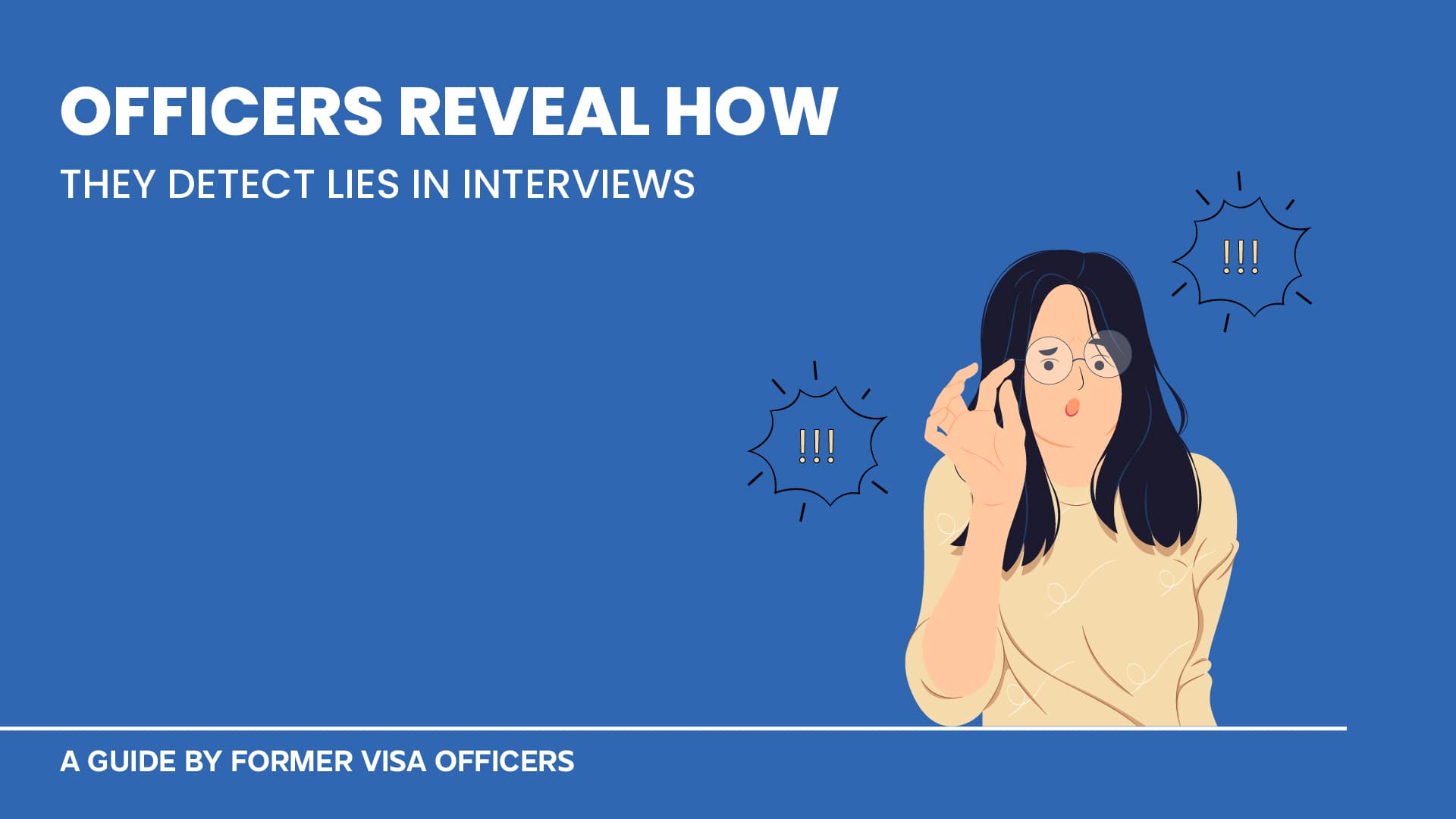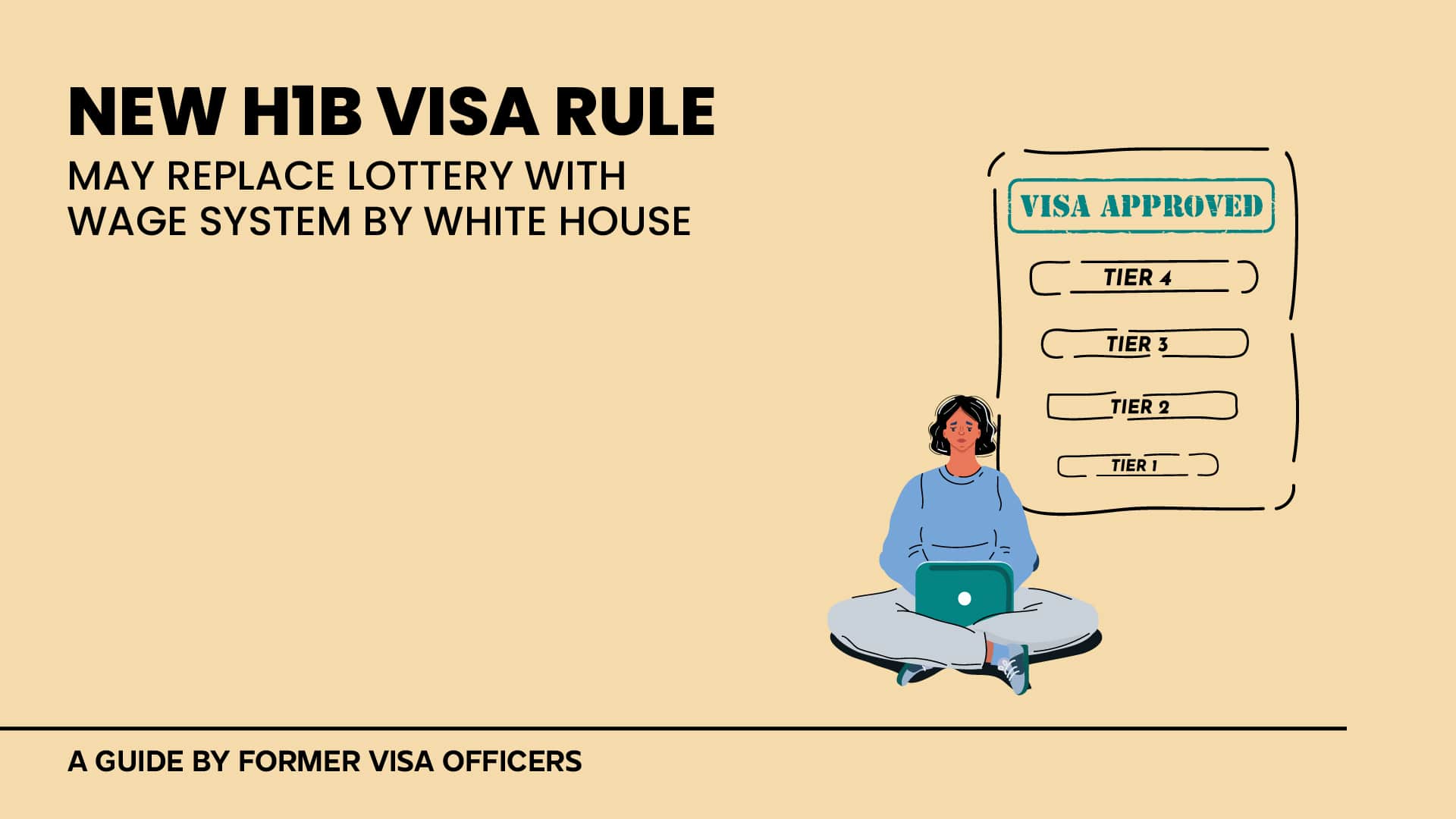Introduction
Getting a student visa is a crucial step for international students who want to study in the United States. And since there are various U.S. student visas, choosing the right one is important to avoid problems and get the most out of your education.
Each student visa has its own eligibility requirements, advantages, and restrictions. Therefore, it is essential to research the different types of visas and decide which one best fits your educational needs and goals.
Types of U.S. Student Visa
- The F1 visa is the most common type of student visa in the United States and is issued to students who wish to attend an academic or English language program at a U.S. educational institute.
- The J1 visa is issued to students who wish to participate in an exchange program in the United States.
- The M1 visa is issued to students who wish to enroll in a vocational or non-academic program in the United States.
Understanding the differences between these visas is vital if you want to make a smart choice about which one to apply for.
This article will describe each type of student visa in detail, including their eligibility requirements, benefits, and limitations. In addition, it will compare the three visas so that you can make an informed decision regarding which one is best for you. Lastly, this article will give you tips and resources to help you apply for and get a U.S. student visa.
F1 Student Visa
Eligibility requirements for an F1 visa
- You must be enrolled at or accepted at an accredited college or university in the United States.
- You must prove you have sufficient funds to support yourself while studying in the United States.
- You must demonstrate that you have an adequate command of English to read and speak it.
- You must show that, upon completing your studies, you intend to return to your home country.
Benefits of an F1 visa
- The F1 visa allows you to study full-time in the United States and work part-time on campus through Curricular Practical Training (CPT).
- You can also apply for Optional Practical Training (OPT) after completing your studies, which allows you to work in the U.S. for up to one year in a field related to your major.
- With an F1 visa, you can travel in and out of the United States as long as your studies remain in progress.
Limitations of an F1 visa
- As an F1 visa holder, you cannot work off-campus without prior authorization from the U.S. Citizenship and Immigration Services (USCIS).
- On an F1 visa, you can only work on campus for a maximum of 20 hours per week while classes are in session.
- If you are pursuing a program of study that requires practical training, you must first receive authorization from the Designated School Official (DSO) before engaging in any off-campus employment.
- If you fail to maintain your F1 visa status, such as by dropping out of school or not maintaining a full-time course load, you may be required to leave the United States.
How to apply for an F1 visa
- The first requirement for submitting an F1 visa application is acceptance into a U.S.-accredited educational institution.
- Then, you’ll need to get an I-20 form from your school or university. This form proves that you are eligible for an F1 visa.
- Once you have the I-20 form, you can apply for an F1 visa at the U.S. embassy or consulate in your home country.
- For the application process, you have to fill out an online application, pay a fee, set up an interview, and send in different documents, like your passport, I-20 form, and documents about your finances.
J1 Student Visa
Eligibility requirements for a J1 visa
- To get a J1 visa, you must be in an exchange program approved by the Department of State.
- The program must have a specific educational goal, like studying at a college or university in the United States, doing research, or participating in a cultural exchange.
Benefits of a J1 visa
- The J1 visa allows you to travel to the United States to participate in an approved exchange program.
- As a J1 visa holder, you can also work on-campus and may be eligible for off-campus work authorization in certain circumstances.
- You may qualify for a J1 visa waiver after completing your program, which allows you to remain in the U.S. to work or study without being subject to the two-year home country residence requirement.
Limitations of a J1 visa
- As a J1 visa holder, you will be subject to a two-year home country residence requirement, meaning you must return to your home country for at least two years before being eligible for certain visas, such as H1B work visas or permanent residency.
- As a J1 visa holder, you must also maintain your program status and abide by the rules and regulations of your exchange program.
How to apply for a J1 visa
- The first step to applying for a J1 visa is being accepted into an approved exchange program.
- You will then need to obtain a DS-2019 form from your program sponsor, which is a document that certifies your eligibility for a J1 visa.
- Once you have the DS-2019 form, you can apply for a J1 visa at the U.S. embassy or consulate in your home country.
- The application process for a J1 visa involves filling out an online application, paying a fee, scheduling an interview, and submitting various documents, such as your passport, DS-2019 form, and financial documents.
M1 Student Visa
Eligibility requirements for an M1 visa
- To get an M1 visa, you must be enrolled in or accepted to study at an accredited vocational or non-academic institution like a technical or trade school in the United States.
- You must also prove that you have enough funds to support yourself while in the United States and intend to leave once your studies are complete.
Benefits of an M1 visa
- The M1 visa allows you to study full-time at an accredited vocational or non-academic institution in the United States.
- You can also work part-time on campus while you are studying.
- After your studies, you can get up to six months of Optional Practical Training (OPT) to work in your field.
Limitations of an M1 visa
- As an M1 visa holder, you cannot work off-campus without prior authorization from the U.S. Citizenship and Immigration Services (USCIS).
- If you don’t keep your M1 visa status, such as by dropping out of school or not taking full-time classes, you may have to leave the U.S.
How to apply for an M1 visa
- The first step to getting an M1 visa is to be accepted into a vocational or non-academic school in the U.S. that is recognized by the U.S. Department of State.
- You will then need to obtain an I-20 form from your school, which is a document that certifies your eligibility for an M1 visa.
- Once you have the I-20 form, you can apply for an M1 visa at the U.S. embassy or consulate in your home country.
- To get an M1 visa, you must fill out an online application, pay a fee, schedule an interview, and send in documents like your passport, I-20 form, and financial documents.
Need to speak to a former U.S. consular officer?
Comparison of the Three U.S. Student Visas
Purpose and eligibility for F1, J1, and M1 Student Visas
- The F1 visa is for academic study at a U.S. college or university. Eligibility requirements include acceptance to a U.S. institution, adequate financial resources, and the intent to return home upon completion of studies.
- The J1 visa is for exchange programs with specific educational objectives, such as studying at a U.S. college or university, conducting research, or participating in a cultural exchange. To be eligible, you must be accepted into an approved exchange program and show that you plan to return home after the program.
- The M1 visa is for vocational or non-academic study at an accredited institution in the U.S. The eligibility prerequisites include acceptance by a vocational or non-academic institution, having enough money, and expressing a desire to return home after completing your studies.
Work authorization for each student visa
- F1 visa: Allows part-time on-campus work and may allow off-campus work authorization under certain circumstances.
- J1 visa: Allows on-campus work and may allow off-campus work authorization under certain circumstances.
- M1 visa: Allows part-time on-campus work but only allows off-campus work with prior approval from USCIS.
Stay duration for F1, J1, and M1 visas
- F1 visa: Duration of status, which means you can stay in the U.S. as long as you maintain your status as a student.
- J1 visa: Duration of the program, which is based on the length of the approved exchange program.
- M1 visa: Duration of program, which is based on the length of the vocational or non-academic program.
Home country residence requirement for each student visa
- F1 visa: none
- J1 visa: Subject to a two-year home country residence requirement for certain exchange programs.
- M1 visa: none
Optional Practical Training (OPT) eligibility for every student visa type
- F1 visa: eligible for up to 12 months of OPT after completing studies. STEM degree holders may qualify for an additional 24 months of OPT.
- J1 visa: eligible for up to 18 months of academic training after completing studies.
- M1 visa: eligible for up to 6 months of OPT after completing studies.
Conclusion
Key points to remember
- The F1 visa is for academic study at a U.S. college or university; the J1 visa is for exchange programs; and the M1 visa is for vocational or non-academic study.
- Each visa has its eligibility requirements, rules regarding work authorization, length of stay, and other factors.
- Optional Practical Training (OPT) is available for all three types of student visas, but each has different requirements and lengths.
Resources for further information and assistance
- The U.S. Department of State website has detailed information on each student visa type, as well as application instructions and tips.
- The International Student Office of your chosen U.S. institution can also provide guidance and support throughout the visa application and enrollment processes.
Final thoughts
Applying for a student visa can be complex and time-consuming, so it’s essential to understand which visa is appropriate for your specific situation. By understanding the different visa options and requirements, you can increase your chances of success and make the most of your time as an international student in the U.S.
If you choose the wrong visa or don’t keep up with your visa status, you could be deported or have trouble getting visas in the future. Studying in the U.S. can be an exciting and rewarding experience, but it’s important to research and prepare thoroughly before applying for a student visa.
Our specialists at Udeti Visa are available to assist you in preparing for your visa interview. So schedule your private video consultation today!
(This blog post was written by Yvette Bansal, former consular officer & Kausar Shaikh, Content Strategist.)
DISCLAIMER:
This blog does not endorse or advocate for any illegal activities. All content presented here is intended for educational purposes only. The viewpoints expressed do not constitute legal advice and are solely based on the writer’s opinions and experiences. Please use the information provided responsibly. Any advice given is of a general nature and should be applied to your specific circumstances with caution and consideration.
Copyright © 2024 UDETI LLC. All rights reserved.

